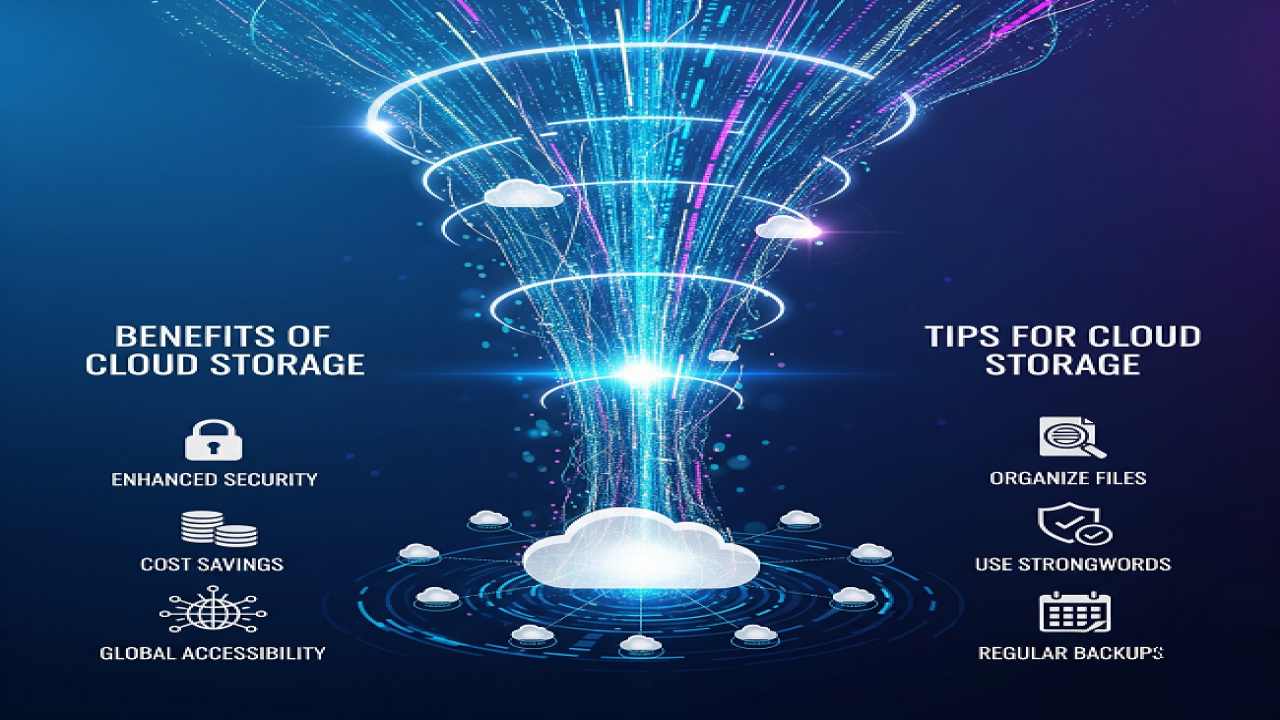Cloud Adoption: Transforming the Digital Landscape
In the modern era of technology, businesses and individuals alike are increasingly shifting toward cloud computing solutions. Cloud adoption has become a strategic imperative for organizations looking to enhance efficiency, scalability, and innovation. This article explores what cloud adoption is, why it is important, its benefits and challenges, trends, and the future of cloud computing.
What is Cloud Adoption?
Cloud adoption refers to the process of integrating cloud computing technologies into an organization's IT infrastructure. Instead of relying solely on physical servers and on-premises data centers, businesses move data, applications, and services to cloud platforms. Cloud computing allows users to access computing resources over the internet, providing flexibility, cost efficiency, and scalability.
Organizations may adopt public cloud services, private clouds, or a hybrid model, depending on their needs. Public clouds are managed by third-party providers such as Amazon Web Services (AWS), Microsoft Azure, and Google Cloud. Private clouds are exclusive to a single organization, while hybrid clouds combine both approaches for greater flexibility.
Why Organizations Are Moving to the Cloud
The shift to cloud computing is driven by several factors:
Cost Efficiency
Traditional IT infrastructure requires significant capital investment in servers, storage, and networking equipment. Cloud computing allows organizations to pay only for what they use, reducing upfront costs and operational expenses.
Scalability
Cloud platforms provide the ability to scale resources up or down based on demand. For businesses experiencing fluctuating workloads, cloud adoption ensures they can handle peak traffic without overprovisioning resources.
Remote Accessibility
Cloud adoption enables employees to access applications and data from anywhere in the world, which has become essential in the age of remote work and global collaboration.
Innovation and Agility
By leveraging cloud services, organizations can deploy new applications and services faster. This agility supports innovation, allowing businesses to respond quickly to market changes.
Disaster Recovery and Security
Cloud providers offer advanced security protocols and backup solutions, ensuring data protection and business continuity in case of system failures or cyberattacks.
Benefits of Cloud Adoption
Cloud adoption brings multiple advantages to organizations across industries:
1. Cost Savings
With cloud adoption, businesses eliminate the need for expensive hardware and on-site maintenance. Subscription-based pricing models allow companies to optimize IT budgets and allocate resources more efficiently.
2. Flexibility and Collaboration
Cloud platforms support seamless collaboration by enabling multiple users to access, edit, and share documents in real time. This flexibility enhances productivity and simplifies teamwork, especially for distributed teams.
3. Enhanced Security
Leading cloud providers implement robust security measures, including encryption, multi-factor authentication, and continuous monitoring. While data security in the cloud is a shared responsibility, businesses can significantly reduce risks by following best practices.
4. Automatic Updates and Maintenance
Cloud providers handle software updates, patches, and infrastructure maintenance, freeing internal IT teams to focus on strategic projects rather than routine tasks.
5. Environmental Sustainability
Cloud adoption promotes efficient resource utilization, reducing the energy consumption and carbon footprint associated with running on-premises data centers. Many cloud providers are investing in renewable energy sources and green technologies.
Challenges of Cloud Adoption
Despite its advantages, cloud adoption comes with certain challenges:
Data Privacy and Compliance
Moving sensitive data to the cloud requires careful consideration of regulatory requirements such as GDPR, HIPAA, and industry-specific standards. Businesses must ensure compliance to avoid penalties and reputational damage.
Vendor Lock-In
Organizations may become dependent on a particular cloud provider, making it difficult to switch providers without significant effort and cost.
Network Dependency
Cloud services rely on stable internet connectivity. Downtime or slow connections can affect productivity and access to critical resources.
Integration Complexity
Integrating cloud services with existing legacy systems can be challenging and may require additional tools or expertise.
Key Trends in Cloud Adoption
Cloud adoption is evolving rapidly, with new trends shaping the future:
1. Multi-Cloud Strategies
Organizations are increasingly using multiple cloud providers to reduce risks, avoid vendor lock-in, and leverage specialized services from different platforms.
2. Edge Computing
Edge computing brings processing closer to the source of data, reducing latency and enhancing real-time decision-making. Many businesses combine edge computing with cloud infrastructure for optimal performance.
3. AI and Machine Learning Integration
Cloud platforms now offer AI and machine learning services, allowing organizations to build intelligent applications without investing heavily in on-premises AI infrastructure.
4. Serverless Computing
Serverless architectures let developers run applications without managing servers, improving efficiency and reducing costs. This approach is gaining traction in modern application development.
5. Green Cloud Initiatives
Sustainability is becoming a priority for cloud providers. Companies are adopting energy-efficient technologies, carbon-neutral operations, and renewable energy sources to reduce environmental impact.
The Future of Cloud Adoption
Cloud adoption is expected to continue growing as organizations pursue digital transformation. Emerging technologies such as quantum computing, 5G networks, and decentralized cloud models will further enhance cloud capabilities. Businesses that embrace cloud adoption can achieve greater agility, innovation, and resilience in an increasingly digital and competitive world.
Conclusion
Cloud adoption is no longer optional for businesses aiming to remain competitive. It provides cost savings, scalability, security, and flexibility while supporting innovation and sustainability. Despite challenges such as data privacy and integration complexity, the advantages of moving to the cloud outweigh the risks. As organizations continue to embrace multi-cloud strategies, edge computing, and serverless architectures, the cloud will remain the cornerstone of modern IT infrastructure, shaping the future of digital transformation.

 Welcome To Cloudboxx - uptoearn
Welcome To Cloudboxx - uptoearn

















Comments (0)
No comments found